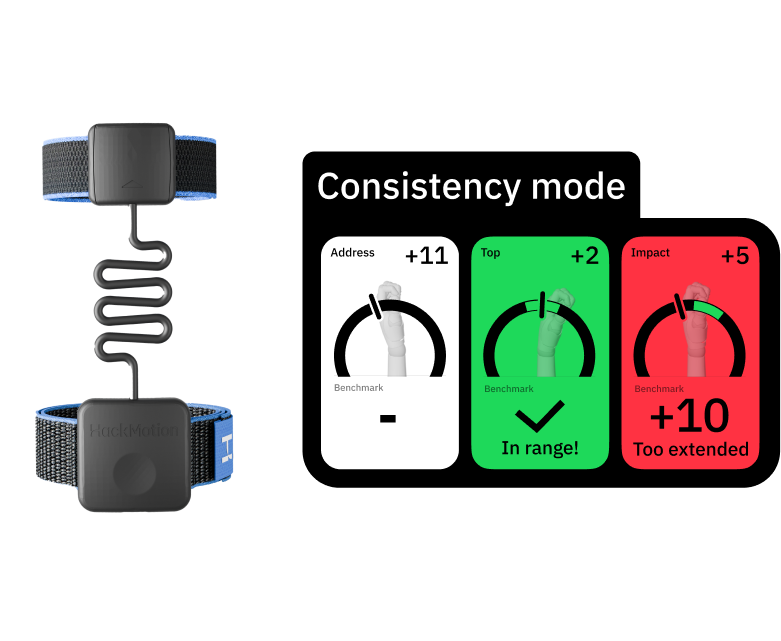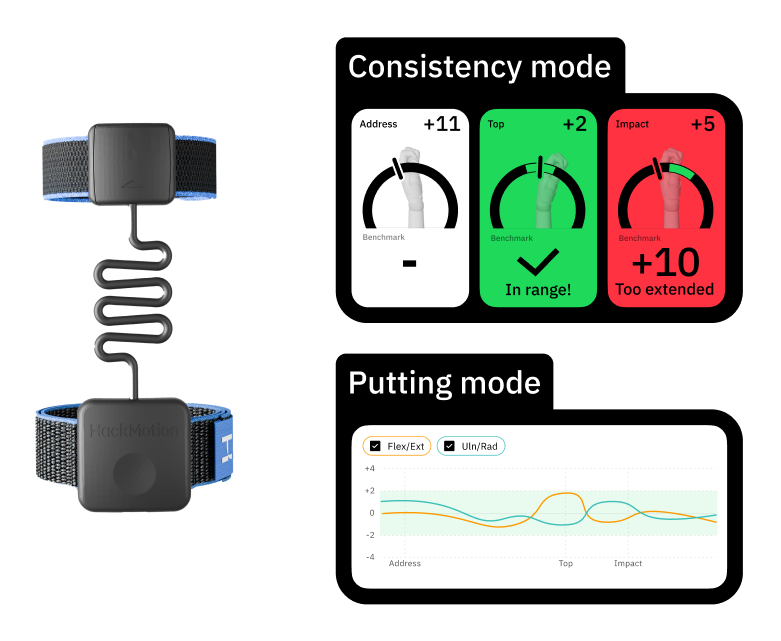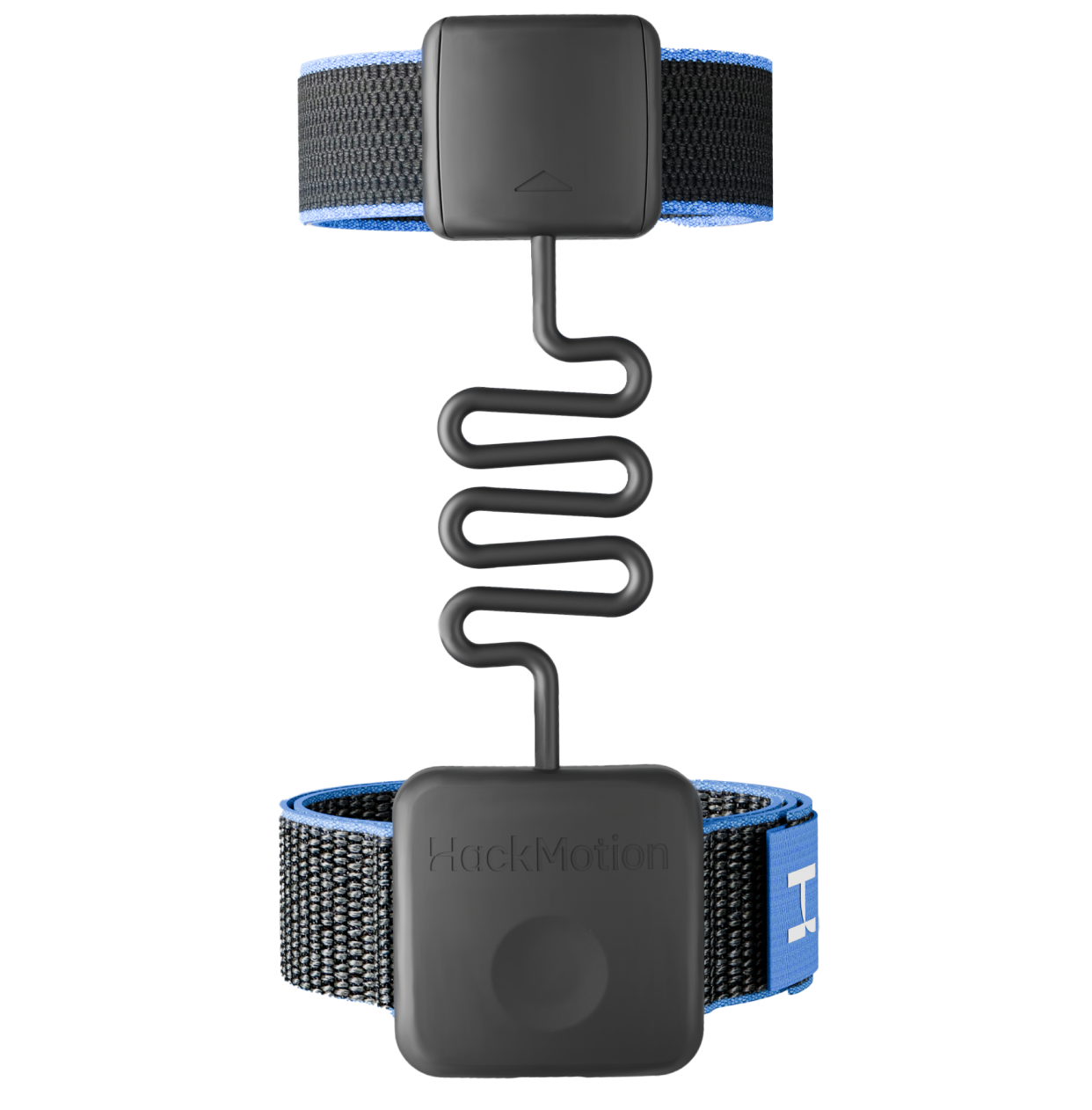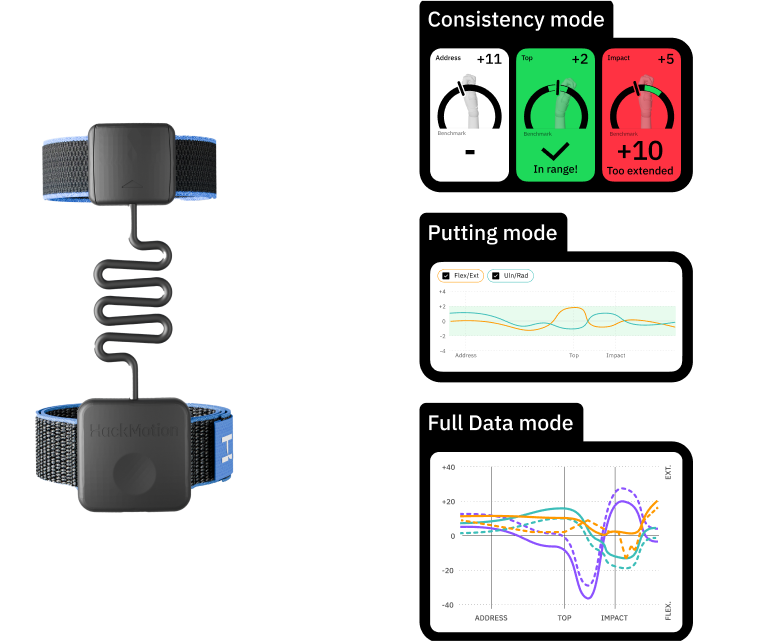The Driver Blueprint
Unlock Distance.
Build Consistency.
A proven 2-module system to train the six key checkpoints in your swing, fix your flaws, and hit longer, straighter drives with real confidence.
If there’s one club every golfer wants to tame, it’s the driver.
There’s nothing quite like the thrill of a perfectly struck tee shot. It looks good, it feels good, and it helps make scoring that much easier.
Whether you’re chasing tighter accuracy or extra yardage, this Driver Course will show you exactly how to do it.
Module 1 - Swing Checkpoints
You’re closer than you think to a more consistent, powerful driver swing.
Module 1 breaks the swing into clear checkpoints that remove the guesswork. Watch the videos below and start building a swing that holds up under pressure.

8:32

3:25

5:19

4:37

1:39

3:44

2:55

2:53
Establish a powerful, repeatable foundation for your driver swing.
In this lesson, you’ll master the P1 setup checkpoints: ball position under your lead shoulder, a neutral grip with 10–25° of lead‑wrist extension, stance width with foot flare, and slight trail‑foot setback.
Getting these positions right sets the stage for every subsequent move in your driver swing.
Video Breakdown:
- Illustrated ball positioning directly under the lead shoulder instep and a neutral grip
- Explained how stance width, turning both feet out, and pulling the trail foot back unlock deeper shoulder rotation
- The weight shifted 60% onto the lead foot and a lightly closed arm alignment to create the correct spine angle and stave off an over‑the‑top path.
Set the club on plane with a neutral face at the start of your backswing.
At P2 (shaft parallel to the ground), your hands, shaft, and clubhead should move smoothly around you on the tilted swing plane. The face of the driver will be tilted slightly down.
Maintaining proper wrist angles here prevents early face opening and reduces the need for compensations later in the swing.
Video Breakdown:
- Ground grid guides a circular hand‑and‑club path to P2, aligning the shaft parallel to the ground.
- Wrist extension tapers from roughly 20° at address to around 5–6° at P2, keeping the clubface pointed slightly downward for a neutral setup.
- Explains common errors in the takeaway and how to fix them.
Maximize torque and maintain your swing plane at the top.
At the top of the backswing, the goal is full depth, with the club butt just behind your trail heel, and a flat lead wrist.
This is all achieved through proper body sequencing. By coordinating knee flex changes, hip rotation, and trail‑shoulder retraction, you’ll unlock a powerful turn without lifting your arms off plane or swaying your weight.
Video Breakdown:
- Outlined how bending the lead knee and straightening the trail leg drives hip rotation.
- Highlighted the importance of a mostly stationary head and minimal weight shift (roughly 50/50) to keep the swing rotational rather than swaying off the ball.
- Mapped the wrist‑angle journey, dropping from ~20° extension at address to about 1–2° flex at the top, ensuring a flat lead wrist and neutral clubface.
Explode into impact with a powerful pull and precise wrist flexion.
During transition, your hands move fast. You must actively pull the club down while twisting your lead wrist into flexion.
This is often referred to as a motorcycle twist because it closes the clubface for a draw and won’t leave the unnecessary extension in the lead wrist.
Video Breakdown:
- Mapped the HackMotion graph’s downward slope from P4 to P6.
- Explained the need for intentful club pull to build speed, paired with a conscious wrist twist into flexion (not extension) to maintain a square face.
- Illustrated how proper transition flexion sets up a long, controlled draw, while inadvertent extension leads to an open face and slices
Lock in an in- to-out delivery just before impact.
At P6, with the shaft parallel to the ground, your hands, shaft, and clubhead should align (or have the clubhead just behind your hands), and the face should still tilt slightly downward.
This tight margin of error in the downswing sets you up for a more inside-out path, key for distance and a controlled draw.
Video Breakdown:
- Outlined the hands‑shaft‑club head alignment at P6, emphasizing a slight inside‑behind position to encourage an in-to‑out path.
- Confirmed the clubface tilt remains just downward.
- Explained why the downswing tolerance is narrower than the backswing.
Deliver perfect compression with forward weight and slight lead‑wrist flex.
Impact isn’t just a static snapshot; it reflects your setup, takeaway, and downswing sequencing.
At the moment of truth, you want up to 90% of your weight shifted onto the lead foot, a head that stays behind the ball, and a lead wrist in slight flexion to create necessary shaft lean for crisp contact and optimal launch.
Video Breakdown:
- Demonstrated moving hips well past the start position so the weight rests on the lead foot at impact.
- Highlighted the transition from 20° of extension at address to a couple of degrees of flex at impact.
- Explained how improper weight retention on the back foot forces compensations like early wrist flicks, across‑the‑ball swings
Your finish reveals the quality of your entire swing sequence.
A textbook follow‑through with arms fully extended, hips driving toward the target, and spine extended confirms that you’ve maintained proper sequencing, shaft lean, and wrist control through impact.
It also ensures your hands decelerate at the right moment, letting the club release smoothly for maximum distance and consistency.
The follow-through matters, and this video breaks down exactly how to do it right.
Video Breakdown:
- Demonstrates full arm extension and straight elbows through the finish, avoiding the “chicken‑wing” collapse.
- Emphasized the forward drive of the hips and pelvis, tucking the trail-side spine underneath to support a high, powerful trajectory.
- Outlined weight transfer onto 95% of the lead foot’s outside edge, with flared feet aiding stability and confirming proper impact mechanics.
Secure a balanced finish with efficient energy transfer.
A controlled stop of body rotation lets your arms and clubhead “whip” past for maximum speed. You want to incorporate balance and control in the final finish position.Video Breakdown:
- Described how elite drivers decelerate the body mid‑follow‑through, allowing arms and club to release past a relatively stopped torso for more efficient power.
- Emphasized holding the finish with the right shoulder slightly lower than the left, and weight settled on the outside of the lead foot.
- Highlighted greater hip slide over rotation, hips shift laterally more than they turn, ensuring angular momentum is transferred into the ball rather than wasted.
Module 2 - Swing Drills
You’ve made it through Module 1 and now have a clear picture of the key swing positions.
In Module 2, we’ll turn that understanding into action with ten targeted drills designed to ingrain each checkpoint. Work through them at your own pace to build consistency, speed, and control in your driver swing.

2:02

3:13

2:40

2:17

3:24

4:02

2:57

4:22

3:18

3:58
Unlock deeper backswing and smoother downswing motion.
Pulling your trail foot back and flaring it slightly creates extra room for a full shoulder turn while discouraging the right leg from kicking out.
Experimenting with the amount of setback and flare helps you find a balance between maximum turn and reliable return to impact.
Video Breakdown:
- Explored how moving the trail foot back and turning it out increases swing depth and reduces premature leg kick.
- Analyzed different degrees of setback and foot flare to discover your individual “sweet spot”.
- Explained how this setup adjustment naturally curbs excess rotation in the finish.
Shape your ball flight by dialing in the perfect backswing twist.
This drill teaches you to consciously twist your lead wrist in the backswing.
The goal with the twist the wrists drill is to help you fine-tune the clubface angle early on in your golf swing.
By experimenting with more or less twist (and using HackMotion’s angle readout), you’ll discover the exact amount and direction that straightens a slice or softens a hook.
Video Breakdown:
- Demonstrated the natural wrist twist from P2 into the top of the backswing, flattening the wrist and rotating the clubface slightly down.
- Showed how increasing the “twist down” at P2 closes the clubface for straighter, longer drives (ideal for slicers), and how opening the twist helps hookers fade their shots.
- Highlighted using HackMotion’s real‑time angle feedback to experiment with varying twist amounts.
Lengthen your backswing by unlocking the trail‑shoulder retraction.
This drill isolates and grooves the trail‑shoulder pull. This pulling feeling creates depth and extension in your backswing.
By first swinging with just your trail arm, then just your lead arm, you’ll feel how opening your chest and retracting the trail shoulder lets your hands move further around you. When you switch to the full swing, your backswing is longer, more powerful, and on-plane.
Video Breakdown:
- Trail‑Arm Only: Showed setup removing the lead hand, then retracting the trail shoulder to swing the club deep and feel chest opening.
- Lead‑Arm Only: Demonstrated swapping hands, holding with only the trail hand to reinforce the same shoulder‑retraction sensation.
- Full‑Swing Integration: Illustrated putting both hands back on the club, using the learned retraction to extend the backswing and improve path and power.
Lock in a flat lead wrist at the top for a square clubface.
Golfers can’t see, and most can’t feel their wrist at the top of the backswing. This leads to overextension and an open clubface.
This on‑app drill leverages HackMotion’s sensor and vibration cues to help you find and lock in a flat lead‑wrist angle, so your clubface stays square through the swing.
Video Breakdown:
- Demonstrated the drill setup, showing sensor placement on the lead wrist and a paused half‑swing to the top.
- Showed how the app measures lead‑wrist flexion and identifies the “in range” (green) zone.
- Highlighted the vibration feedback when entering and exiting the correct wrist‑angle range.
Train flawless transition wrist mechanics from top to impact.
This on‑app transition drill guides you through the rapid wrist movements from the top of the backswing into the downswing.
By pausing at the top, swinging down, and feeling the sensor’s vibration feedback throughout a full‑speed swing, you’ll learn to maintain ideal wrist angles for a square clubface and consistent ball flight.
It’s one of the best wrist action drills in the game of golf.
Video Breakdown:
- Illustrated full‑swing wrist tracking by charting flexion and extension from the top through impact.
- Explained how vibration cues signal when your wrists enter the ideal “in range” zone, building instant feel under speed.
- Incorporated real‑ball swings alongside HackMotion data, showing how refined wrist control directly improves shot shape and distance
Explode your downswing speed with a split‑hand alignment stick.
This drill starts in the P6 position with the shaft parallel to the ground. Your hands will be split roughly shoulder‑width apart on an alignment stick.
By accelerating down from the top and stopping abruptly at P6, you build the rapid hand speed and natural ground‑reaction forces that translate to more clubhead speed with your driver.
Video Breakdown:
- Illustrated the split‑hand alignment stick setup at P6, matching your hand spacing to your stance width.
- Emphasized the explosive pull from the top into P6, followed by a sharp “stop quick” to ingrain proper deceleration and weight transfer.
- Explored how that rapid pull‑and‑stop motion taps natural ground‑reaction forces, driving measurable increases in clubhead speed.
Discover and optimize your sweet‑spot contact for maximum performance.
Where you hit the ball on your driver’s face governs both direction and energy transfer.
This on‑monitor drill shows you how to identify your strike pattern, using launch‑monitor data or simple face tape, and then fine‑tune stance, driver length, and swing path to center up more often for straighter, longer drives.
Hit the center of the face more often. Expect longer and straighter drives.
Video Breakdown:
- Revealed impact markings via TrackMan and face‑tape/powder, helping you map your natural strike‑location pattern.
- Guided stance and driver‑length adjustments, moving closer or farther from the ball to shift heel or toe contact toward the center.
- Explained how toe hits induce a draw bias and heel strikes promote a slice
Use physical barriers to groove a consistent driver path.
Set up a pliable barrier (like an angled pool noodle) along your ideal swing plane to block steep, out‑to‑in or overly shallow, in‑to‑out movements.
Giving yourself an obstacle makes it easier to train the correct path geometry for straighter, more powerful drives.
Video Breakdown:
- Placed an angled noodle parallel to the target line at the P2 plane; swinging without hitting it enforces a shallow, into‑out delivery that cures over‑the‑top slices.
- Moved the barrier to the opposite side to challenge excessive inside‑out swings.
- Used each station’s physical feedback to refine the hand path and club delivery.
Groove a strong, on‑plane finish by dragging the stick through impact.
This exercise uses an alignment stick angled behind your trail foot to force a coordinated hip slide, spine tilt, and straight‑arm extension, teaching you to maintain wrist flexion and pull the club through the ball on the correct plane rather than flipping or scooping.
Video Breakdown:
- Illustrated the setup with the stick on the ground behind your trail foot and showed how dragging it forward requires hip drive, spine tilt, and straight arms.
- Explained keeping the lead wrist flexed against the back of the stick to reinforce a flat wrist through the finish.
- Highlighted the final finish position, with arms and stick parallel to the ground.
Develop explosive power and perfect timing through impact.
This drill trains you to accelerate into the ball and then abruptly decelerate your hands, forcing the shaft to “catch up” and release at the ideal moment.
That precise sequencing builds powerful, consistent drives with proper shaft lean and minimal wasted motion. While this drill is often used to train irons, it can be used with the driver as well.
Video Breakdown:
- Pauses at impact to reveal how a sudden hand stop lets the shaft release past you.
- Emphasizes holding slight lead‑wrist flexion through contact.
- Encourages starting at a controlled speed and gradually adding power, so you learn to “hit hard” while maintaining a compact, balanced follow‑through.
Now it’s time to take the next step…
You’ve just completed the full Driver Blueprint and built a solid foundation for longer, more consistent tee shots.
But to truly accelerate your progress, you need more than theory — you need real-time feedback.
HackMotion works like a coach on your wrist, guiding you through in-app drills that build better habits with every swing.
No more guesswork. Just focused reps, clear feedback, and a faster path to improvement.
Limited time offer
Order now and unlock over $192 in free bonuses.
Free Lifetime Access to Wrist Mechanics Course

After analyzing more than a million swings with HackMotion, we’ve gathered valuable insights about the correct wrist positions in a swing.
We’ve taken this knowledge, combined it with content and videos from top coaches, and webinar recordings, and compiled it all into one straightforward wrist mechanics guide.
Worth: $95

Free Lifetime Access to HackMotion Course by Tyler Ferrell
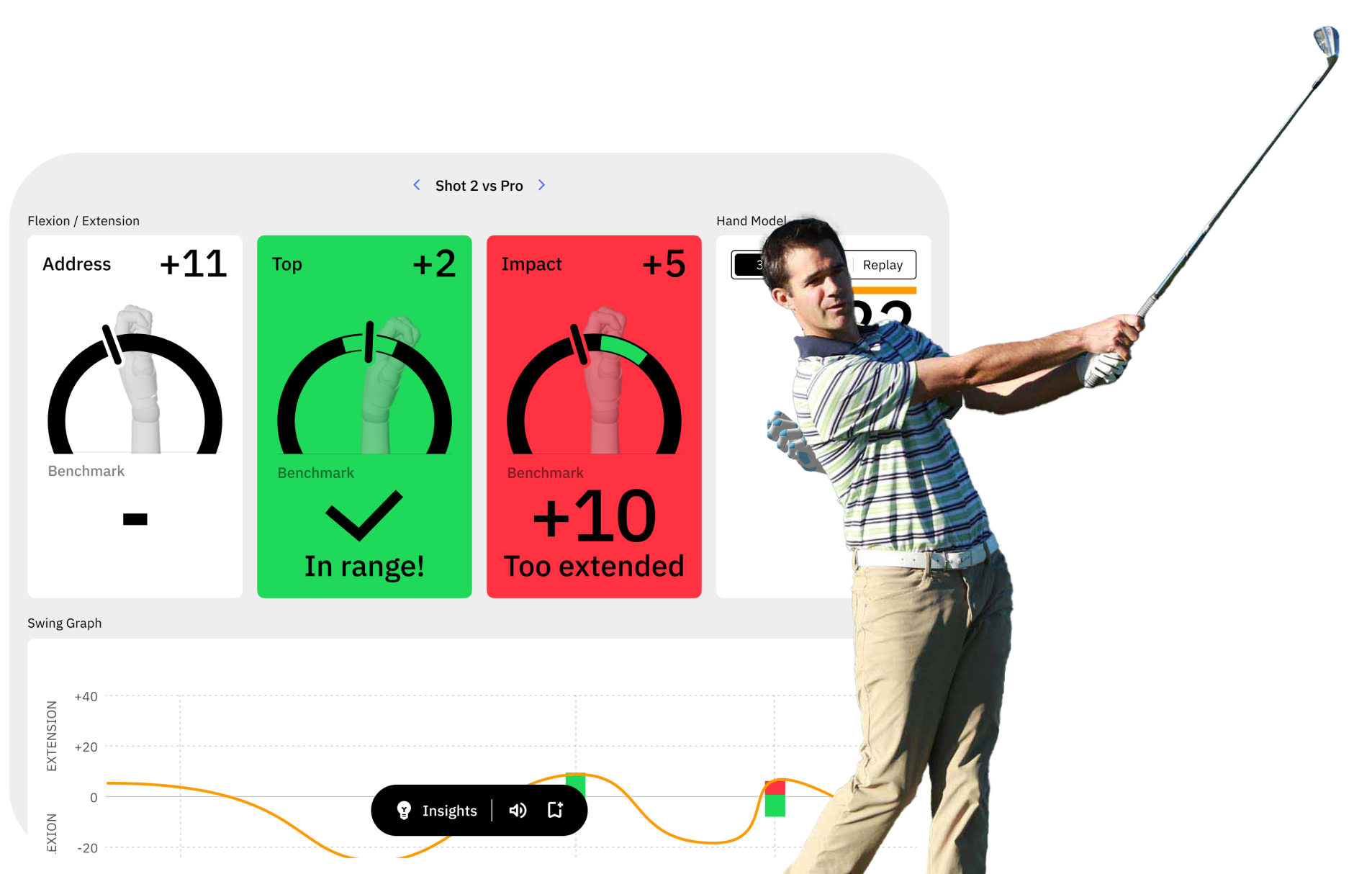
HackMotion intro course by Tyler Ferrel. He is the only person in the world named to Golf Digest’s list of Best Young Teachers in America AND its list of Best Golf Fitness Professionals in America.
Worth: $97

Free Shipping
No matter where you live, we will cover the shipping cost. Expect your product to reach you in 2-5 days, with the express worldwide shipping cost on us.
Risk-Free for 30 Days
Train with HackMotion for a full 30 days, and if it’s not helping your game, send it back for a full refund – no questions asked.
Unlock $192 in Free Bonuses + Try HackMotion Risk-Free
Secure your HackMotion today and get lifetime access to our exclusive Game Improvement Pack and Swing Improvement Course by Tyler Ferrell — a combined $192 value, absolutely FREE.
You’ll also enjoy free worldwide shipping in just 2–5 days and our 30-day money-back guarantee.
That means you can train with HackMotion completely risk-free for two full months — if it’s not helping your game, send it back.
Like Having a Coach on Your Wrist, Anytime You Need
Train smarter with HackMotion—your personal coach on your wrist, guiding you to better shots, sharper mechanics, and real progress every time you practice.
